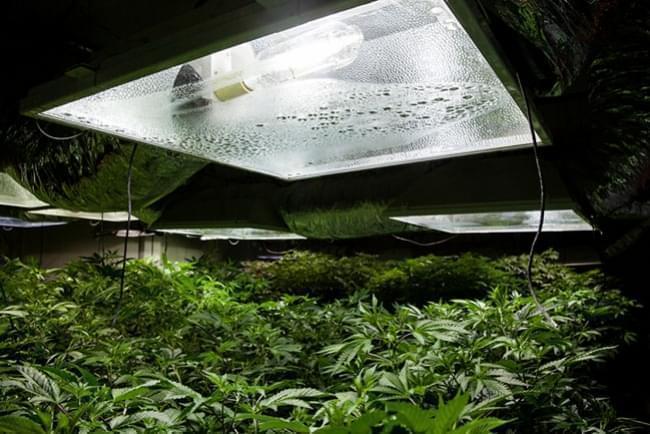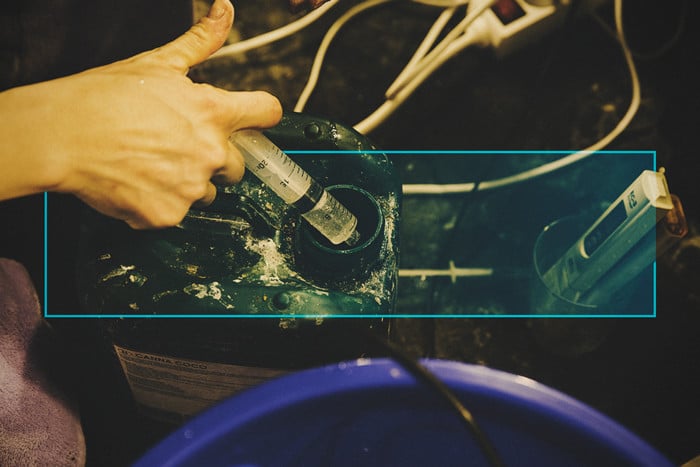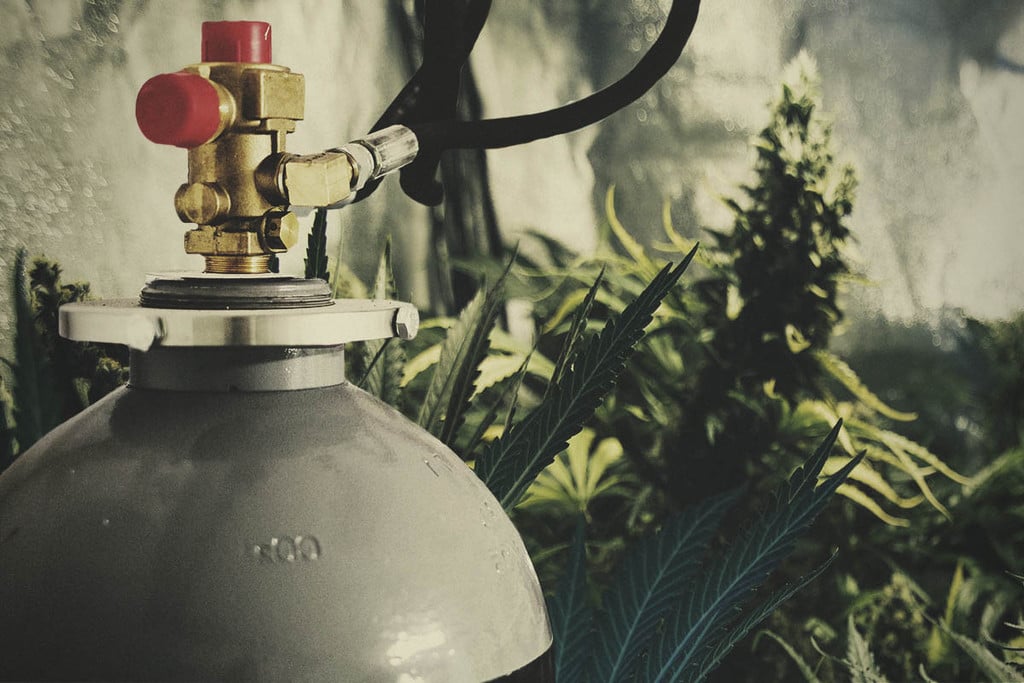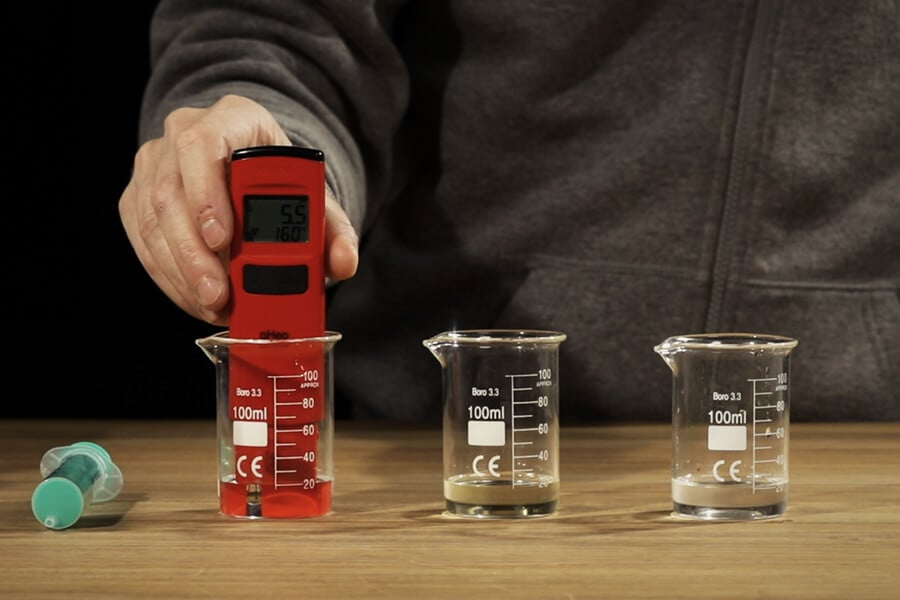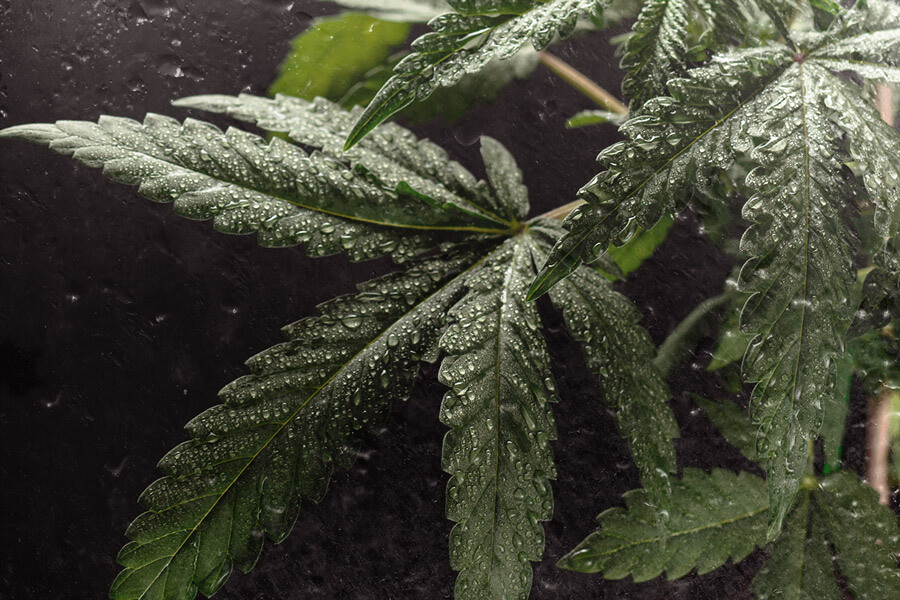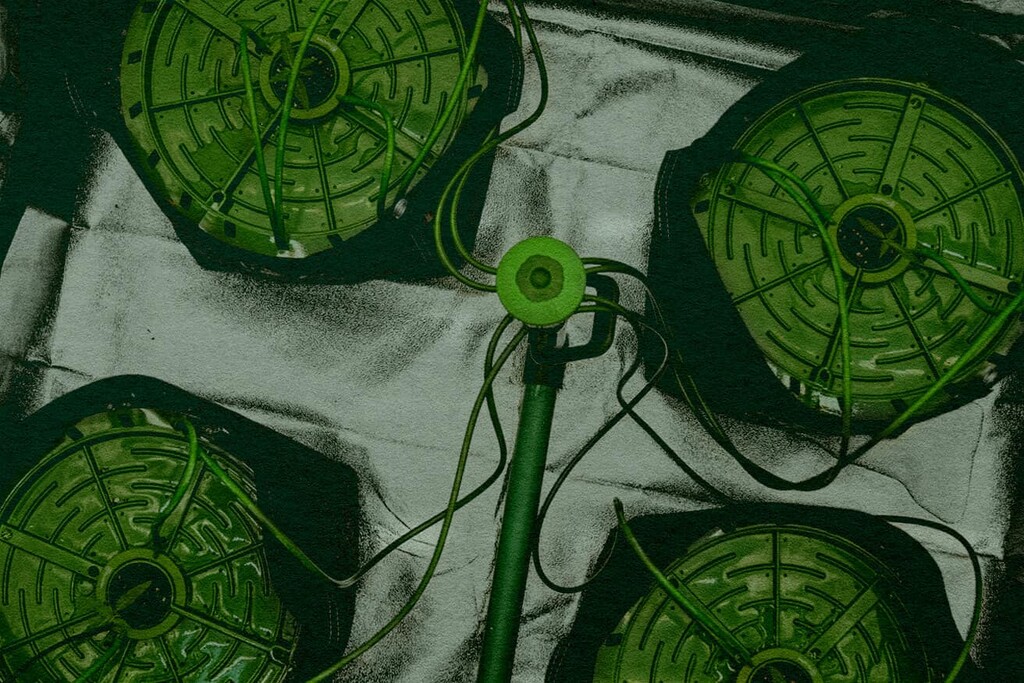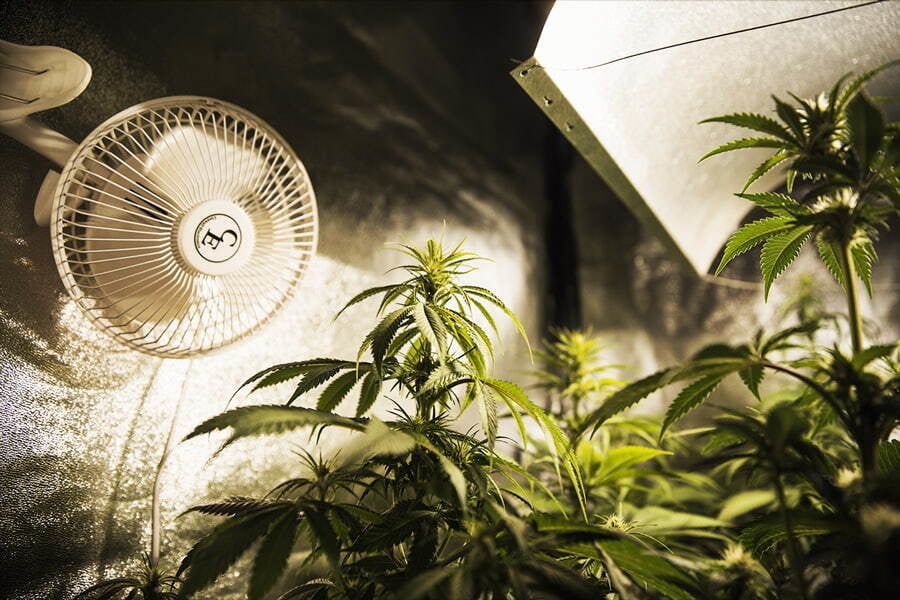.
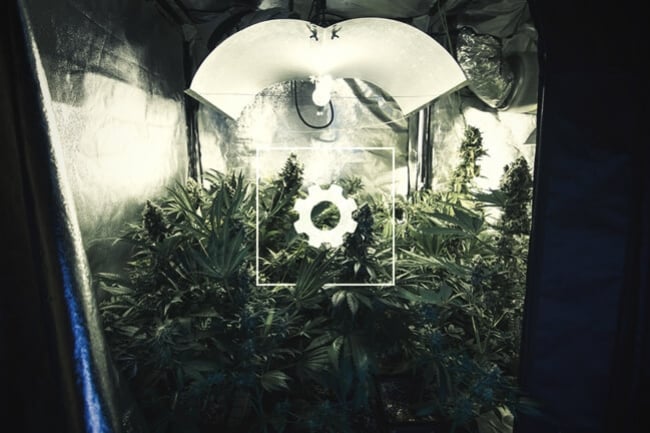
How to Automate Your Cannabis Grow Operation
The first time you switch off your cannabis plants' light and put them to bed, it can be a wonderful moment. The fiftieth time, however, it can become a little repetitive. But if you want, you can automate almost any aspect of a cannabis grow. Here's how!
Contents:
Growing cannabis tends to be a fairly hands-on project. And indeed, that’s often the joy of it! Through handling and caring for our plants on a daily basis, we come to better understand their needs, and thus are able to care for them more effectively.
That being said, there are certain tasks that can become very dull and repetitive, especially if growing on a larger scale. Therefore, many growers look to automate certain aspects of their grow in order to make the whole operation smoother and less labor-intensive.
In this article, we'll show you how you can automate small grow-ops in tents, as well as larger grows that take up an entire room.
How to Automate Your Cannabis Grow Room
How and to what degree you automate your cannabis grow comes down to you. What’s your budget? How much free time do you have? How many plants are you growing? Where are you growing? Knowing the answers to these questions will help you figure out how to best automate your grow.
For instance, if you’re infinitely rich, then you can probably afford to fully automate your grow. If, more likely, you’re on a tight budget, then you might want to stick to some simpler automation techniques, such as setting your lights on timers.
Likewise, if you have many plants, figuring out some way to irrigate them might save you a lot of time; if you have very few plants, it’s probably unnecessary.
Finally, the space in which you grow will also influence how you automate your grow. An outdoor or greenhouse grow certainly doesn’t need automated lighting, and, depending on your local climate, it may or may not benefit from irrigation. An indoor grow, on the other hand, can benefit from this kind of automation, and may also require you to manage the environment in terms of airflow, humidity, and temperature. Depending on your setup, all of these processes can also be automated.
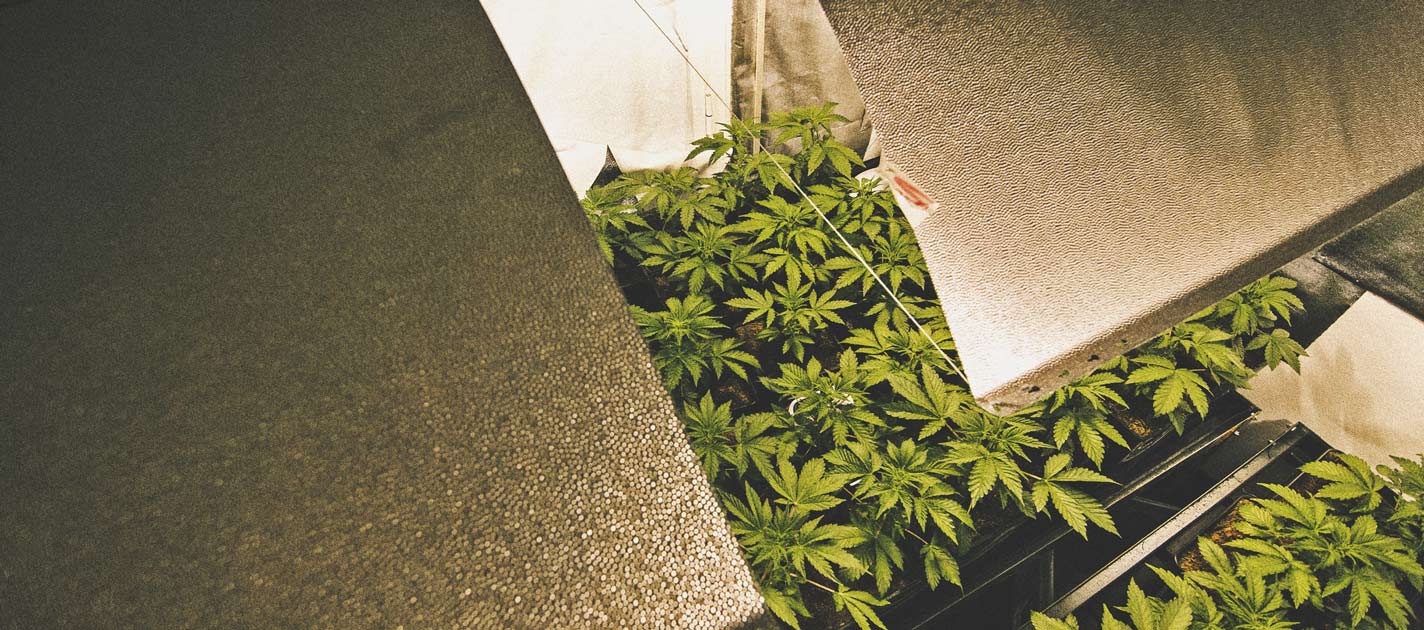
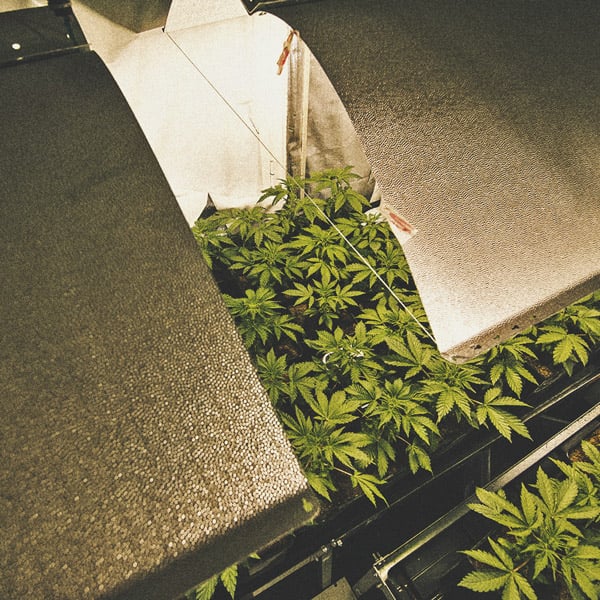
How Much Does It Cost to Automate a Cannabis Grow Room?
It’s rather difficult to say. If you only want to automate the lights in a grow tent, then a timer will set you back around €10, or maybe even less. If you were to introduce a simple drip irrigation system, this would also be very cheap. So, simply put, automating a grow tent can be very affordable.
If you want to automate a larger grow room, with a greater number of plants, then automation is likely to get more expensive. Irrigation systems may become more complex, and you might even look into “fertigation”—automated feeding. Moreover, controlling the environment of a larger space is more difficult, and will likely require more advanced technology. That said, the cost of automating a grow room can stretch into hundreds of euros.
What Are the Benefits of Automation?
There are many benefits to automating a grow space:
- Saves time
- Saves labor
- Allows you to grow more plants
- Takes the stress out of monitoring all aspects of the grow
- Makes mistakes less likely
How to Automate Your Cannabis Grow Tent
A large share of home growers run a small-scale operation, which often utilises a cannabis grow tent. So, first and foremost, we’ll explain how to automate this small but perfectly viable growing space.
Timers
Timers are probably the easiest and most effective way to automate aspects of your grow. They can be used to control lighting, watering, air exchange, temperature, and more. Starting cheap, you can find analogue timers. Or, if you want to be a little more contemporary, you can use digital timers that can be controlled from your smartphone. Integrate this with some environmental sensors, and you can control your grow no matter where you are.
Lighting Control
Automating lighting is by far the simplest way to streamline one of your tasks. Even the most basic timers work perfectly when it comes to controlling lighting.
The reason for this is that, unlike other variables in a cannabis grow, the hours of light and darkness are very predictable. When it comes to factors such as temperature or air exchange, these may change depending on the circumstances. When it comes to lighting, however, the light schedule will likely only be changed once throughout the entire grow—when it’s time to “flip” photoperiod plants from the vegetative stage to the flowering stage.
During the vegetative stage, the most common schedule is to give plants 18 hours of light and 6 hours of darkness. In the flowering stage, a 12/12 cycle is most common. As you can imagine, you don’t need anything particularly advanced to automate these processes.
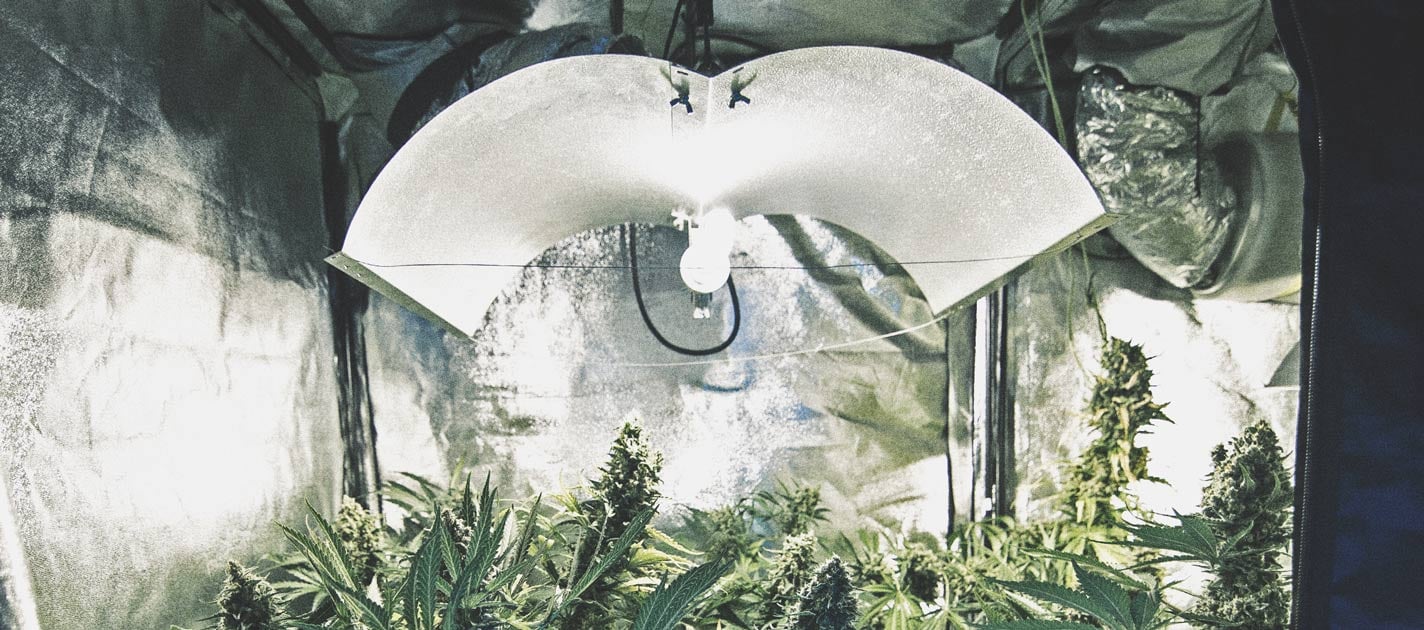
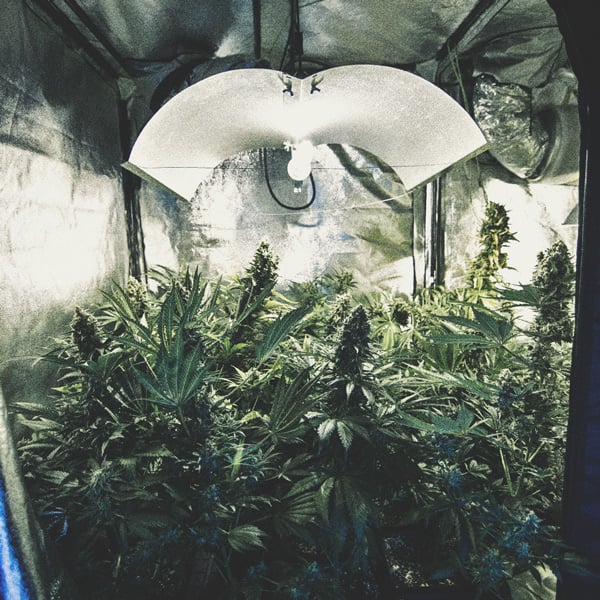
Humidity Control
Cannabis plants generally like a relative humidity of between 60 and 70%. There are several ways to control this, but if you want to automate it, you’ll need to use a humidifier/dehumidifier or humidity sensors in combination with misters. Humidifiers and dehumidifiers can be expensive, but they will help you get the most out of your plants if you can afford them.
Good ones should come with sensors in them, which means they switch on and off as necessary, depending on the environment. Otherwise, you can use a combination of humidity sensors and misters. When the sensors detect that the humidity drops below a certain level, they will activate the misters, increasing the relative humidity of the grow space.
Airflow Control
In a cannabis grow, stale air needs to be removed, and fresh, CO₂-rich air must be brought in. For this, you need an exhaust and a pump. As with lighting, you can use timers to have these come on at intervals, which will ensure a steady supply of fresh air into your grow.
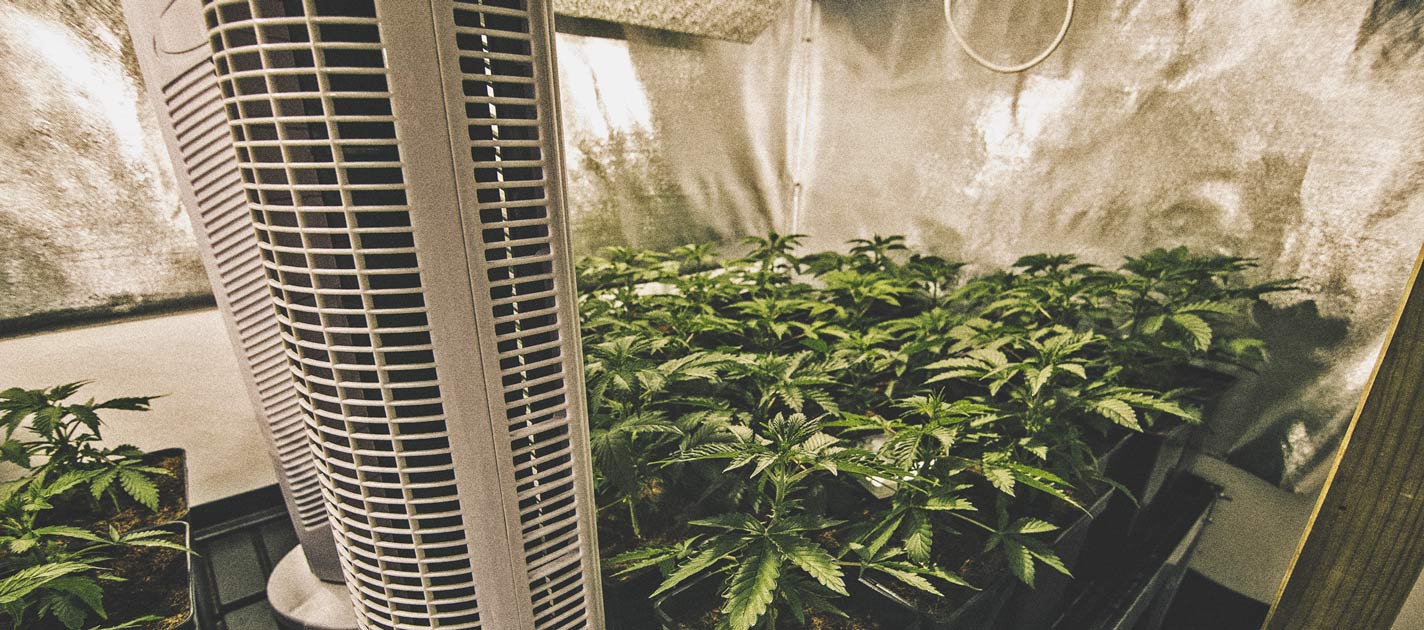
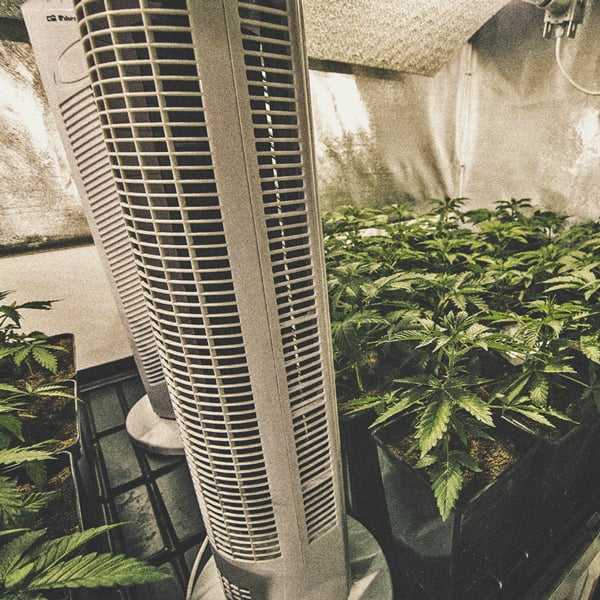
How to Automate Your Cannabis Grow Room
If you have an entire grow room featuring numerous plants, then automation can become more necessary. Moreover, there are further elements that might be worth automating in a large-scale operation, which would probably be unnecessary in a smaller one.
Automated Irrigation
Drip irrigation is a form of automation that uses very simple means. This method involves piercing small holes into a water hose, ensuring the holes are positioned over the root network of each plant in the system. Water then slowly drips over each plant's root zone, providing a constant flow of hydration.
This system is cheap to make yet not as accurate as more expensive options. Large automatic watering systems can be purchased for professional operations. These will provide accurate quantities of water within specific timeframes. Deciding which system to use will depend on how much money you have and how perfectly automated you want your grow to be.


Total Climate Control
If you have a very large grow, such as a commercial grow, then it might be worth investing in a system that controls every aspect of the environment. But be warned, these can be very expensive. They control lighting, irrigation, temperature, humidity, feeding, pH level, and CO₂ level, all from a single, centralised system.
While these systems are undoubtedly convenient, they are only really worth it for very large-scale operations. What’s more, if you’re not already very skilled when it comes to growing weed, you won’t learn very much by utilising such a high degree of automation.
Grow Boxes: All-in-One Automation
One way to gain almost complete freedom from your growing operation is with an automated grow box. These systems create an isolated environment, within which all of your plant's needs are met. As with many products within the cannabis industry, growers have the option of forking out extra cash to purchase a prebuilt, luxurious system. On the other hand, you can save money by putting in some extra effort and making your own.
Branded grow boxes feature smart systems that monitor and control fertilisation, air exchange, lighting, and even soil pH. Many of them also contain carbon filters that keep the smell to a minimum. Some of these revolutionary devices can be controlled via smartphone, allowing users to tweak parameters remotely. High-end machines will even dry your plants at the end of each grow cycle. Growers have the choice between hydroponic or soil systems, as well as setups that allow you to monitor the entire grow through an internal video camera.
But—you guessed it—they’re pretty expensive. The good news is that you can build your own!
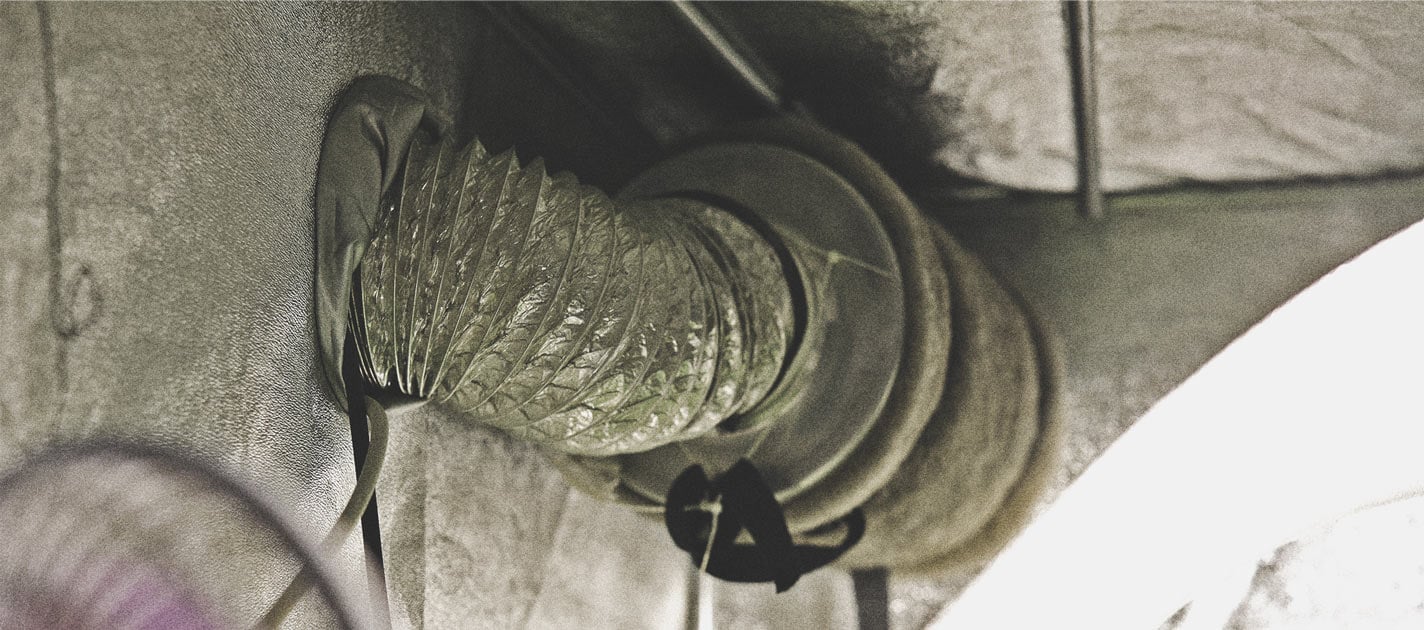
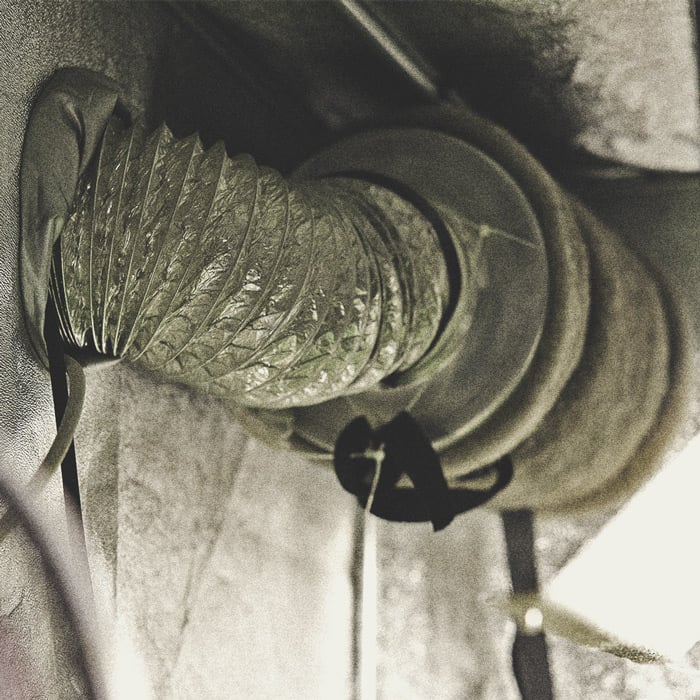
DIY Automated Grow Boxes
DIY systems are indeed more primitive, but the decreased cost, learning experience, and pride in your own build make the process worthwhile.
First of all, you'll need to choose your container. Often a box or a bucket will do—although more discreet growers may opt for something more inconspicuous, like a computer tower. Alternatively, you could build a container out of wood, plastic, or any other opaque material.
You’ll need to rig up lighting, heating or cooling systems, ventilation, and watering systems in line with your own preferences and environment. LED grow lights are a great choice as they generate less heat and are cheaper to run. As far as ventilation goes, for a small-scale grow, a computer fan will suffice to keep air moving. An external reservoir can be used to store water, and a pond pump can be used to deliver it to your plants.
Now that you have your equipment and grow box set up, it’s time to automate these functions. A simple way to do so is to rig up a series of timers designated to each device. This will keep lighting and air exchange on a tight schedule. Humidity controls can also be rigged up to activate misters when humidity levels trigger a sensor.
For those who want even more accuracy, consider rigging up your system to automation software. This further complicates matters, but it will pay off big time for those willing to learn.
Is Automating Your Cannabis Grow Worth It?
It really depends. Some degree of automation, such as setting your lights and air pumps on a timer, is usually well worth it—for a grow of any size. As the cannabis grow cycle can go on for several months, cutting down on menial and repetitive tasks, for very little money, can only be a good thing.
When it comes to automating other elements of your grow, scale is the greatest deciding factor. A couple of plants in a grow tent can quite easily be handled without much in the way of automation, whereas twenty plants in a grow room are much more difficult to manage.
But if you’ve got a few grows under your belt already, you’ll have some idea of which elements are most time-consuming and boring, and can focus on automating those first.


























